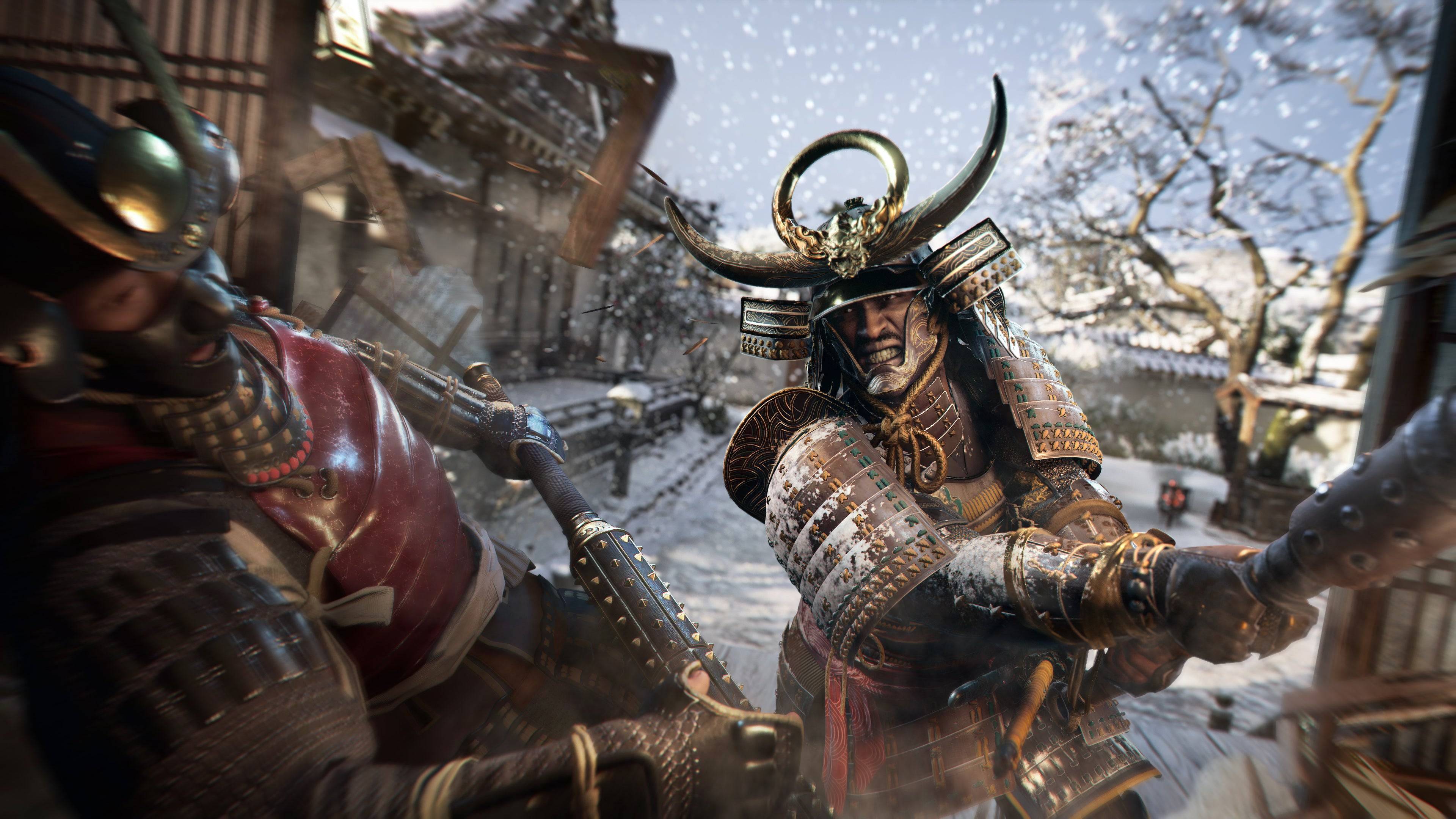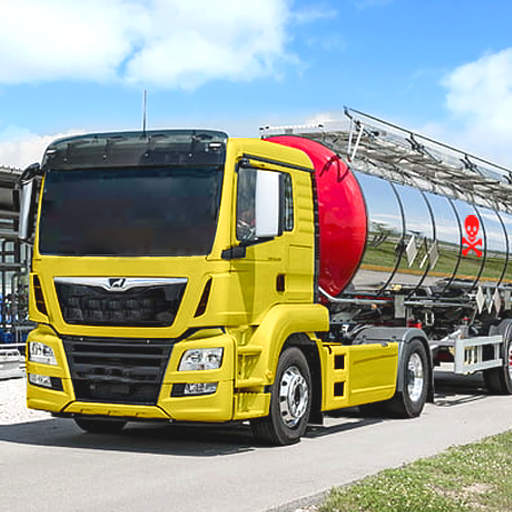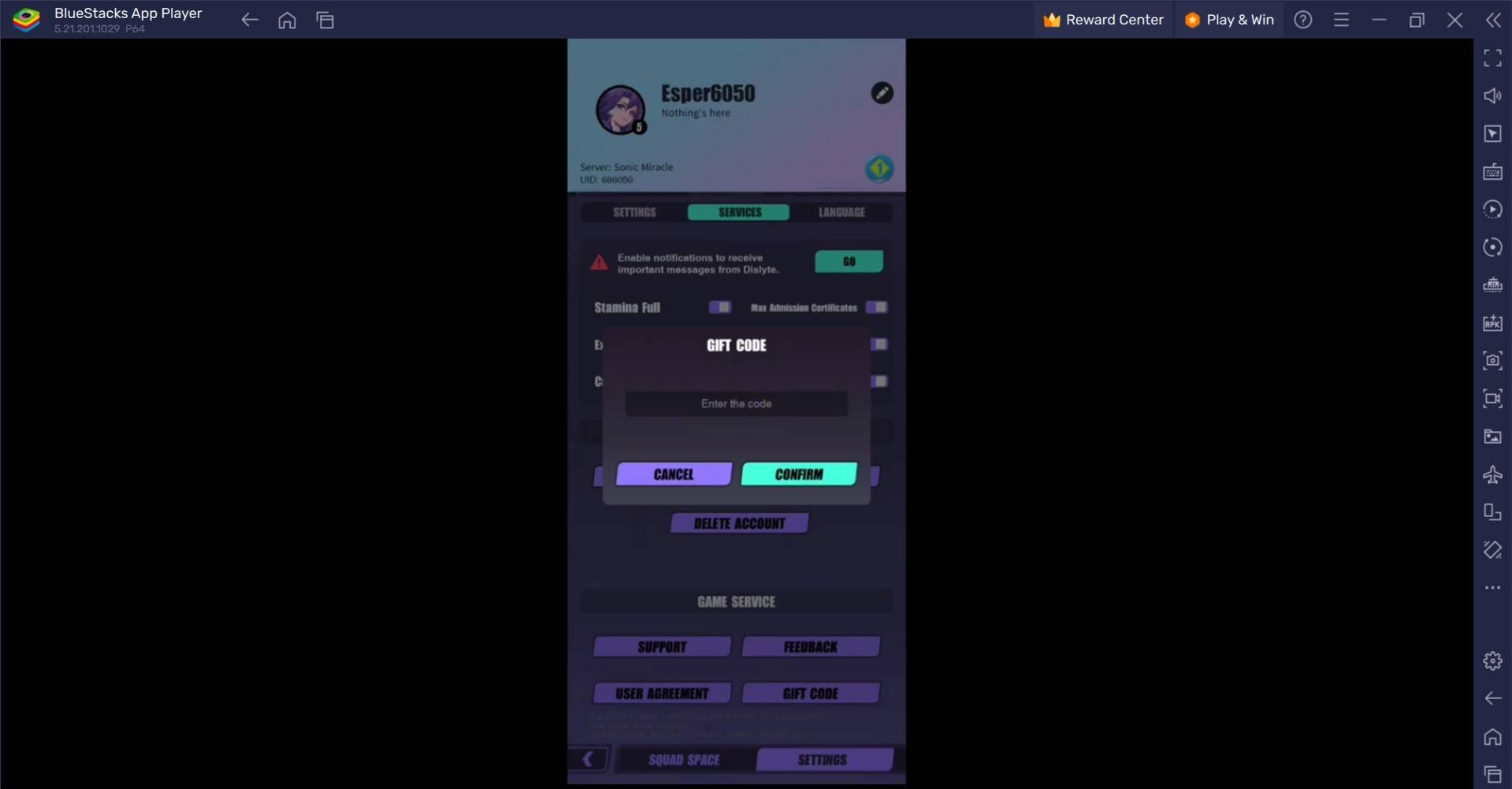Thanks to a renewed focus on the core concepts that the series was originally built upon, Assassin’s Creed Shadows delivers the most satisfying experience the franchise has seen in years. The game's parkour system, reminiscent of the fluidity seen in Unity, allows you to seamlessly transition from the ground to castle rooftops. The addition of a grappling hook further enhances your ability to reach strategic vantage points swiftly. Perched on a tightrope high above your enemies, you're just a drop away from executing the perfect kill—as long as you're playing as Naoe, the game's agile shinobi protagonist. However, switch to Yasuke, the second protagonist, and you're in for a completely different gameplay experience.
Yasuke is slow, clumsy, and incapable of silent kills. His climbing abilities are so limited that they resemble those of a cautious grandparent. He stands in stark contrast to the typical Assassin’s Creed protagonist, making him one of Ubisoft’s most intriguing yet perplexing design choices. Playing as Yasuke feels like stepping away from the traditional Assassin’s Creed experience.

Initially, the significant difference between Yasuke’s capabilities and the series' core philosophy was frustrating. What's the purpose of an Assassin’s Creed protagonist who struggles to climb and can't perform silent takedowns? However, the more I played as him, the more I appreciated the unique perspective he brings to the game. Yasuke's design, though flawed, addresses critical issues that the series has grappled with in recent years.
You don't get to play as Yasuke until several hours into the campaign, after spending your initial time with Naoe, who embodies the assassin archetype better than any protagonist in the last decade. Transitioning to Yasuke after mastering Naoe's swift movements is jarring. This towering samurai is too large and noisy to sneak through enemy camps effectively and can barely climb anything higher than his own head. His inability to find handholds on rooftops and his slow, precarious balancing act on the apex of roofs introduce a level of friction that makes scaling environments feel laborious.
While this doesn't force Yasuke to stay at ground level, it certainly encourages it, limiting his ability to gain a strategic overview of the area. Unlike Naoe, who can rely on Eagle Vision to highlight enemies, Yasuke has no such advantage. Choosing to play as him means sacrificing almost everything except raw strength.
Assassin's Creed has always been about stealthy kills and vertical exploration, concepts that Yasuke directly opposes. Playing as him feels more akin to Ghost of Tsushima than Assassin’s Creed, especially given his lack of stealth training and reliance on samurai sword skills. Yasuke's gameplay is centered around fierce combat, a feature that Tsushima is celebrated for and Assassin’s Creed often criticized for.
Playing as Yasuke challenges you to rethink how to approach Assassin’s Creed. Historically, the series has allowed players to climb anywhere effortlessly, but Yasuke's limitations introduce a new challenge. Careful observation of the environment reveals hidden pathways designed specifically for him, such as leaning tree trunks or open windows, which add an interesting layer of puzzle-solving to the game.
However, these pathways only lead Yasuke to where he needs to go, limiting his freedom for general exploration and making it difficult to gain the high ground to observe enemy movements. His only stealth ability, the "Brutal Assassination," is more of a combat opener than a stealth move, involving a loud and conspicuous impalement. Yet, when combat ensues, Yasuke shines with the best swordplay Assassin’s Creed has seen in over a decade, offering a variety of techniques and satisfying finishing moves that contrast sharply with Naoe's stealthy approach.

The separation of combat and stealth into two distinct characters prevents the blending of styles seen in previous games like Origins, Odyssey, and Valhalla. Naoe's fragility means she can't engage in prolonged combat, forcing players to rely on stealth and repositioning. In contrast, Yasuke's strength allows him to endure the game's toughest challenges, making his combat prowess a compelling reason to play as him.
Yasuke's design is intentional, but it's challenging to reconcile with the traditional Assassin’s Creed experience. While characters like Bayek and Eivor ventured into action territory, they still retained the core abilities of an Assassin’s Creed protagonist. Yasuke, as a samurai, is thematically appropriate in his lack of stealth and climbing skills, but this means you can't play Assassin’s Creed in the traditional sense when controlling him.
The real challenge for Yasuke is his counterpart, Naoe. Mechanically, she is the best Assassin’s Creed protagonist in years, with a stealth toolkit perfectly suited to the vertical architecture of Sengoku Period Japan. Naoe's ability to climb almost anywhere, combined with the game's more realistic approach to parkour, enhances the core Assassin’s Creed experience. Her combat, while as impactful as Yasuke's, is balanced by her vulnerability, making her a more versatile and engaging character to play.
AnswerSee ResultsNaoe benefits from the same design changes that shape Yasuke, such as the need to assess climbing routes and find anchor points for the grappling hook. These elements transform the open world into an Assassin’s Creed sandbox, where Naoe's combat feels just as ruthlessly violent and impactful as Yasuke's, albeit with less endurance. This raises the question: why play as Yasuke when Naoe offers a more complete Assassin’s Creed experience?
Ubisoft's intent to offer two distinct playstyles with Yasuke and Naoe creates a double-edged sword. Yasuke's unique approach provides a fresh and compelling experience, but it also stands in opposition to the foundational ideas of Assassin’s Creed. While I'll always return to Yasuke for the thrill of his combat, it's through Naoe's eyes that I'll truly explore Shadows' world. Because when I play as Naoe, I feel like I'm playing Assassin’s Creed.
 Home
Home  Navigation
Navigation






 Latest Articles
Latest Articles









 Latest Games
Latest Games












